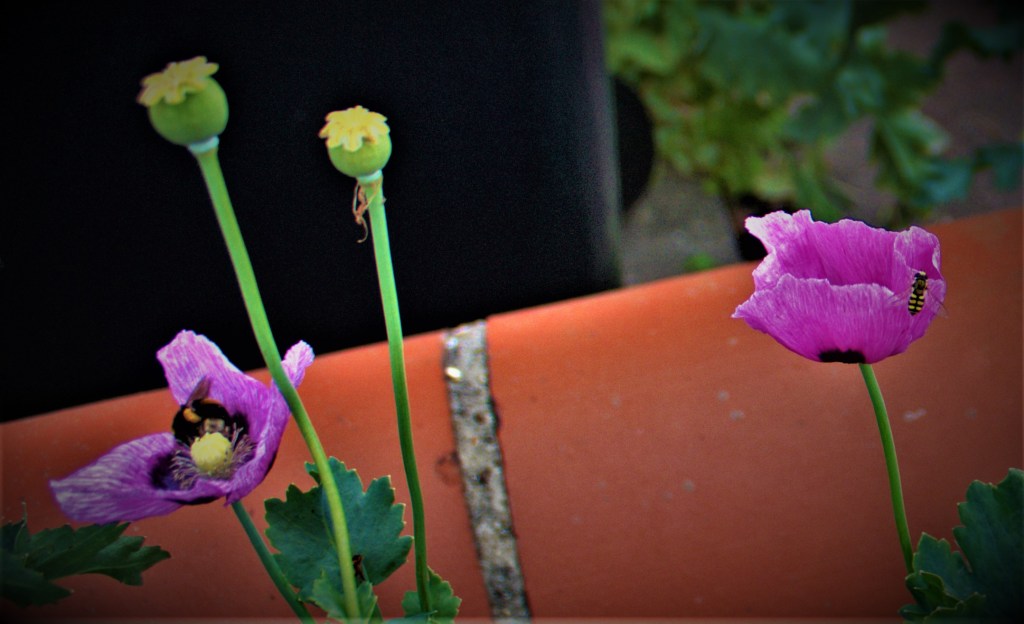I was delighted when it was announced that England and South Africa women’s teams would be playing a test match this summer. I was less delighted that it was scheduled for only four days rather than the five that men’s test cricket gets, and this little distinction was to prove of considerable importance to the result.
ALL CHANGE FOR ENGLAND
At the start of this season Anya Shrubsole announced her international retirement after an illustrious career, highlighted by 6-46 in the 2017 World Cup final. In the run up to the match Katherine Brunt announced that she was retiring from test cricket but would still play white ball internationals. Then Emily Arlott was injured in the run up to the match, which meant that Issy Wong was promoted from travelling reserve to full squad member. Eventually, England decided that one spinner (the incomparable Sophie Ecclestone) was sufficient and opted to strengthen the batting by giving the number seven slot in the order to Alice Davidson-Richards. The new look seam attack was led by veteran Kate Cross, supported by Wong and Lauren Bell plus the all round skills of Natalie Sciver. Batting wise there were not a huge number of surprises: Emma Lamb, in magnificent form in domestic cricket, was chosen to open alongside the experienced Tammy Beaumont, with skipper Knight at three, Sciver four, Sophia Dunkley at five and keeper Amy Jones at six. Thus the full XI in batting order read: Beaumont, Lamb, *Knight, Sciver, Dunkley, +Jones, Davidson-Richards, Ecclestone, Cross, Wong, Bell.
INEXPERIENCED SOUTH AFRICA
South Africa had not played a test since 2014, so scandalously small is the amount of women’s test cricket. Dane Van Niekerk was still recovering from a broken ankle, and in the run up to the match Shabnim Ismail, star bowler, went down injured, as did big hitting middle order batter Chloe Tryon. For some unknown reason in form pacer Ayabonga Khaka was not considered for selection. All of this meant that SA took the field with only two players out of 11 having prior test experience.
DAY ONE: KAPP’S HORATIAN PERFORMANCE SAVES SA
On Monday June 27th South Africa batted first. With Cross, Bell and Wong all highly impressive in the early stages SA were soon in trouble at 45-4. Wong claimed her first test wicket with an absolute peach of a ball to clean bowl Laura Wolvaardt (no mean feat this – the young SA opener had scored a ton in the warm up match against England A, and a repeat of that in this match would have been no great surprise. At this point Marizanne Kapp came to the crease for South Africa. She proceeded to play an innings of utter brilliance, enabling South Africa to reach the respectability of 284 all out, of which her share was precisely 150. Kate Cross had the best figures for England, with 4-63, with Bell 2-54, Wong 1-54, Ecclestone 1-33, Sciver 1-29 and Davidson-Richards 1-39 all also taking wickets.
DAY TWO: SCIVER AND DAVIDSON-RICHARDS
Beaumont and Lamb put on 65 for the first England wicket, but thereafter a collapse set in, with Knight experiencing a rare failure at test level. The score when debutant Davidson-Richards walked out join Sciver was 121-5. By the close of play this pair were still in occupation, Davidson-Richards having become the first England debutant of either sex to take at least one wicket and score a century on test debut since WG Grace did so in the first test ever played on English soil in 1880, and Sciver having also passed three figures. England, having looked deep in trouble when the pair came together were now 39 runs to the good, and it was fairly clear that only one side now had a chance of winning the match.
DAYS THREE AND FOUR: A TALE OF WEATHER WOES
Davidson-Richards was out early on the third morning, but Ecclestone now provided excellent support for the unstoppable Sciver, scoring a perky 35 and helping the seventh wicket to raise a further 86. Cross was next in, and her run out heralded the England declaration at 417-8, a lead of 133. Sciver with 169* had beaten her captain’s test best by a single run, was eight short of Claire Taylor’s 177, 10 short of Rachael Heyhoe-Flint’s 179 and 20 short of the all time England women’s test record of 189 held since 1935 by Betty Snowball. Also possibly relived by the declaration were Aussies Michelle Gozsko (204) and Ellyse Perry (213*).
The weather from this point on was hugely uncooperative and allowed only 68.1 further overs in the course of a day and a half (and the women get through their overs at a good rate – on day two 100 overs took six hours 12 minutes of playing time to bowl – rather less long than it takes the men to bowl the 90 that is their minimum requirement for a day). In those overs South Africa amassed 181-5 in their second innings. Cross and Wong each took two wickets, the latter’s haul including Wolvaardt for the second time in the match, and Ecclestone one. The combination of the allocation of only four days and bad weather on each of the last two of those days made this the sixth successive women’s test to end in a draw. A full scorecard can be viewed here.
LOOKING FORWARD
Women’s cricket is in excellent health, and both sides deserve a lot of credit, England for coming out firing with a new look bowling attack, and for ultimately dominating the contest, and South Africa for showing considerable resolve with depleted ranks. There need to be more women’s test matches, and those matches NEED TO BE SCHEDULED FOR FIVE DAYS.
PHOTOGRAPHS
My usual sign off…






































